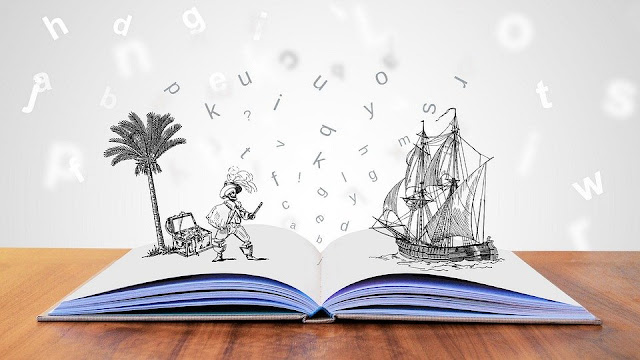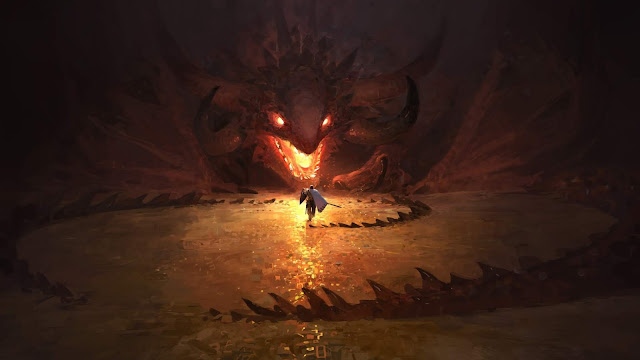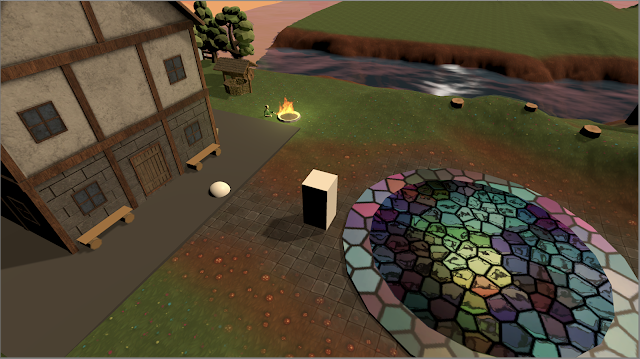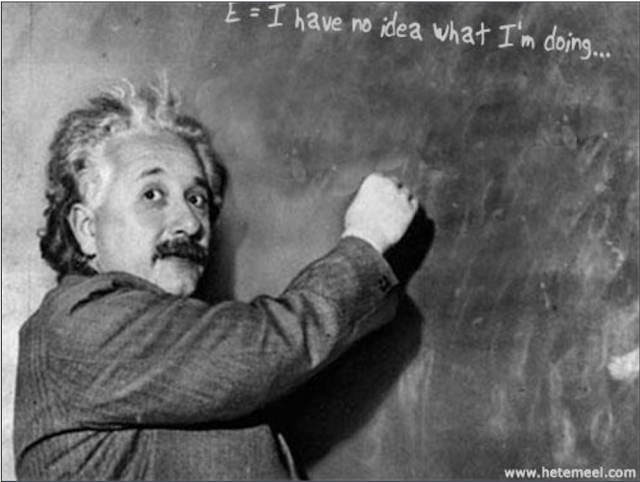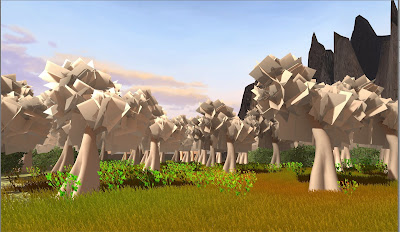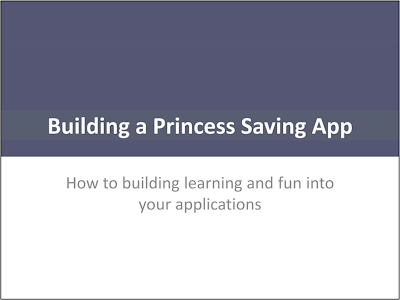Growth Mindset: Make an Acronym

I won't be winning any Graphic Design awards for this one Source: Quotes Cover This task was to create a motivational acronym. One thing that motivates me is to be spurred on by challenge rather than apprehensive of it. The things that I have achieved by simply trying again are far more than the things I have achieved by getting it right first try. Unfortunately, my image of mountains in the background was hidden behind a pay wall. I would have tried anything for those mountains... Except pay for them apparently. - Ultan
